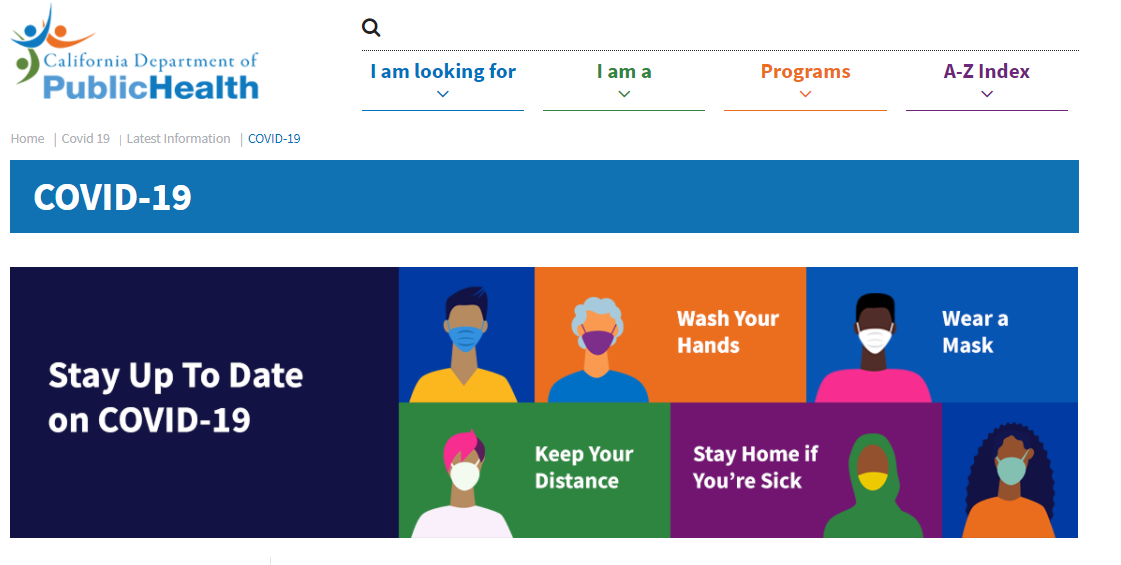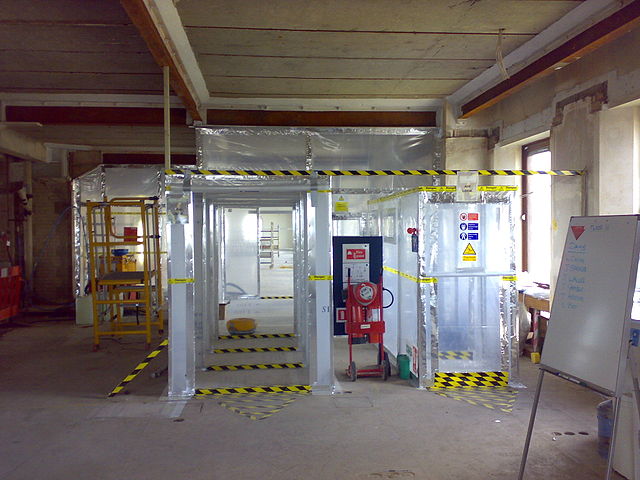15.5: Environmental Hazard Reduction
- Page ID
- 43274
Public Health Organizations
A large number of international programs and agencies are involved in efforts to promote global public health. Among their goals are developing infrastructure in health care, public sanitation, and public health capacity; monitoring infectious disease occurrences around the world; coordinating communications between national public health agencies in various countries; and coordinating international responses to major health crises. In large part, these international efforts are necessary because disease-causing microorganisms know no national boundaries.
International public health issues are coordinated by the World Health Organization (WHO), an agency of the United Nations. Of its roughly $4 billion budget for 2015–16, about $1 billion was funded by member states and the remaining $3 billion by voluntary contributions. In addition to monitoring and reporting on infectious disease, WHO also develops and implements strategies for their control and prevention. WHO has had a number of successful international public health campaigns. For example, its vaccination program against smallpox, begun in the mid-1960s, resulted in the global eradication of the disease by 1980. WHO continues to be involved in infectious disease control, primarily in the developing world, with programs targeting malaria, HIV/AIDS, and tuberculosis, among others. It also runs programs to reduce illness and mortality that occur as a result of violence, accidents, lifestyle-associated illnesses such as diabetes, and poor health-care infrastructure.
WHO maintains a global alert and response system that coordinates information from member nations. In the event of a public health emergency or epidemic, it provides logistical support and coordinates international response to the emergency. The United States contributes to this effort through the Centers for Disease Control and Prevention (CDC), an agency of the Department of Health and Human Services (figure \(\PageIndex{a}\)). The CDC carries out international monitoring and public health efforts, mainly in the service of protecting US public health in an increasingly connected world. Similarly, the European Union maintains a Health Security Committee that monitors disease outbreaks within its member countries and internationally, coordinating with WHO.

One way that the CDC carries out this mission is by overseeing the National Notifiable Disease Surveillance System (NNDSS) in cooperation with regional, state, and territorial public health departments. The NNDSS monitors diseases considered to be of public health importance on a national scale. Such diseases are called notifiable diseases or reportable diseases because all cases must be reported to the CDC. A physician treating a patient with a notifiable disease is legally required to submit a report on the case. Notifiable diseases include HIV infection, measles, West Nile virus infections, and many others. Some states have their own lists of notifiable diseases that include diseases beyond those on the CDC’s list.
Notifiable diseases are tracked by epidemiological studies and the data is used to inform health-care providers and the public about possible risks. The CDC publishes the Morbidity and Mortality Weekly Report (MMWR), which provides physicians and health-care workers with updates on public health issues and the latest data pertaining to notifiable diseases. Table \(\PageIndex{a}\) is an example of the kind of data contained in the MMWR.
| Disease | Current Week (Jan 2, 2016) | Median of Previous 52 Weeks | Maximum of Previous 52 Weeks | Cumulative Cases 2015 |
|---|---|---|---|---|
| Campylobacteriosis | 406 | 869 | 1,385 | 46,618 |
| Chlamydia trachomatis infection | 11,024 | 28,562 | 31,089 | 1,425,303 |
| Giardiasis | 115 | 230 | 335 | 11,870 |
| Gonorrhea | 3,207 | 7,155 | 8,283 | 369,926 |
The current Morbidity and Mortality Weekly Report is available online.
Strategies for Reducing Environmental Hazards
Providing access to clean water is an important strategy for reducing environmental hazards. Because lack of clean water is responsible for diarrheal and other infectious diseases, particular in developing countries, access to clean water limits disease spread (a biological hazard). Furthermore, clean water reduces exposure to toxins (chemical hazards). This can be achieved through digging wells and establishing water treatment facilities. Improving sanitation and hygiene (for example, by supplying latrines, [figure \(\PageIndex{b}\)] and handwashing stations) further reduces the spread of infectious disease.

In Sub-Saharan Africa and South Asia, the use of pipe filters helped eradicate Guinea worm disease, which is caused by a parasitic worm. People are infected by this disease when they drink water contaminated by small animals called copepods that house the larvae. Once in the body, the larvae mature in the abdomen, and adult worms eventually (and painfully) exit through the skin. If an infected person enters a body of water at this stage, adult worms release more larvae into the water, continuing their life cycle. Pipe filters are straw-like structures that contain openings small enough to allow the passage of water but not copepods, preventing infection.
Another strategy to limit exposure to biological hazards is to reduce exposure to disease vectors. Depending on the specific vector and disease this could involve removing standing water (which facilitates mosquito reproduction), application of pesticides, or use of netting (figure \(\PageIndex{c}\)). Biological control is also slowly emerging in vector control in public health and in areas that for a long time mainly focused on chemical vector control of the Anopheles mosquito (the vector of malaria) and the black fly (the vector of river blindness, caused by a parasitic worm). The release of sterile males has been used to control the tsetse fly, the vector of African sleeping sickness. Vaccinating animals that harbor diseases (reservoirs) can also limit the chance of infection.

Because air pollution exposes individuals to toxins, limiting air pollution is another means of reducing environmental hazards. This can involve energy conservation, using clean energy, such as solar or wind (rather than burning fossil fuels), enforcing air pollution standards on industry, and implementing pollution-reducing technologies, at an industry or household scale. A main source of indoor air pollution is cooking using a fire indoors. Solar ovens provide a pollution-free alternative for people who do not have access to electricity or gas for cooking (figure \(\PageIndex{d}\)).

The public have an important role in environmental hazard reduction. Firstly, the public must engage in behaviors to prevent disease spread and minimize contact with toxins, and public health education is critical to this. In the case of Guinea worm disease, individuals learned how to use pipe filters and shy they must avoid submerging wounds from the worms in bodies of water to limit disease spread. In the case of COVID-19, individuals are learning to reduce disease transmission by employing frequent handwashing, mask wearing, and social distancing (figure \(\PageIndex{e}\)).

The public can also support policies that reduce exposure to environmental hazards. For example, many states have laws that reduce exposure to secondhand smoke. The Toxic Substances Control Act (TSCA) bans or regulates harmful chemicals, such as asbestos and heavy metals (figure \(\PageIndex{f}\))..

Many strategies for reducing environmental health hazards directly align with the United Nations Sustainable Development Goals, particularly goals 3 (Good Health and Well-Being) and 6 (Clean Water and Sanitation).
Attribution
Modified by Melissa Ha from the following sources:
- Disease and Epidemiology from Microbiology by OpenStax (licensed under CC-BY)
- Sustainable Agriculture from Environmental Biology by Mathew R. Fisher (licensed under CC-BY)


